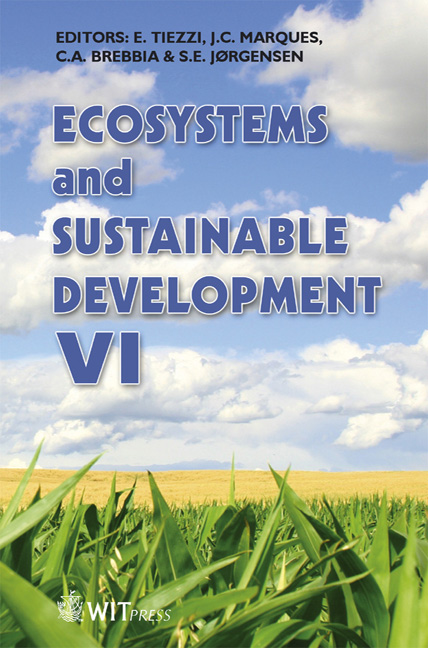Pollen Contamination In Acacia Saligna: Assessing The Risks For Sustainable Agroforestry
Price
Free (open access)
Transaction
Volume
106
Pages
10
Published
2007
Size
883 kb
Paper DOI
10.2495/ECO070111
Copyright
WIT Press
Author(s)
M. A. Millar & M. Byrne
Abstract
Species developed for sustainable agroforestry may pose risks to remnant populations of closely related species via genetic contamination. Genetic contamination and the production of hybrid progeny may threaten the health and long-term viability of remnant populations. Acacia saligna is a native Western Australian species complex selected for further development for agroforestry in the agricultural areas of southern Australia. A. saligna shows great morphological, ecological, biological and genetic variation, and will be reclassified into a number of subspecies. This research aimed to develop genetic markers and use them to assess the levels and distances of gene flow via pollen dispersal between two of the proposed subspecies of Acacia saligna. Pollen dispersal from the abundantly flowering subsp. saligna into the poorer flowering subsp. lindleyi was high (32%). At the same site, pollen dispersal from subsp. lindleyi into subsp. saligna was much lower (14%). Most genetic contamination from subsp. saligna into subsp. lindleyi occurred at short distances (<300 m) although inter-subspecific pollen dispersal was detected over large distances of around 1600 m. The comparative levels of inter-subspecific pollen dispersal are influenced by the relative floral fecundity of the different variants. The results indicate that small remnant populations of subsp. lindleyi will be exposed to high levels of hybridisation when subsp. saligna is planted nearby for agroforestry. The effects of inter-subspecific hybridisation in A. saligna are unknown and until further investigated it is recommended as a management guideline that isolation distances of 1600 m or more be imposed between agroforestry plantings and native populations. Keywords: agroforestry, pollen dispersal, species complex, inter-subspecific hybridisation, genetic contamination, microsatellites, paternity analysis, Acacia saligna, risk assessment, isolation distances.Keywords
agroforestry, pollen dispersal, species complex, inter-subspecific hybridisation, genetic contamination, microsatellites, paternity analysis, Acacia saligna, risk assessment, isolation distances.





